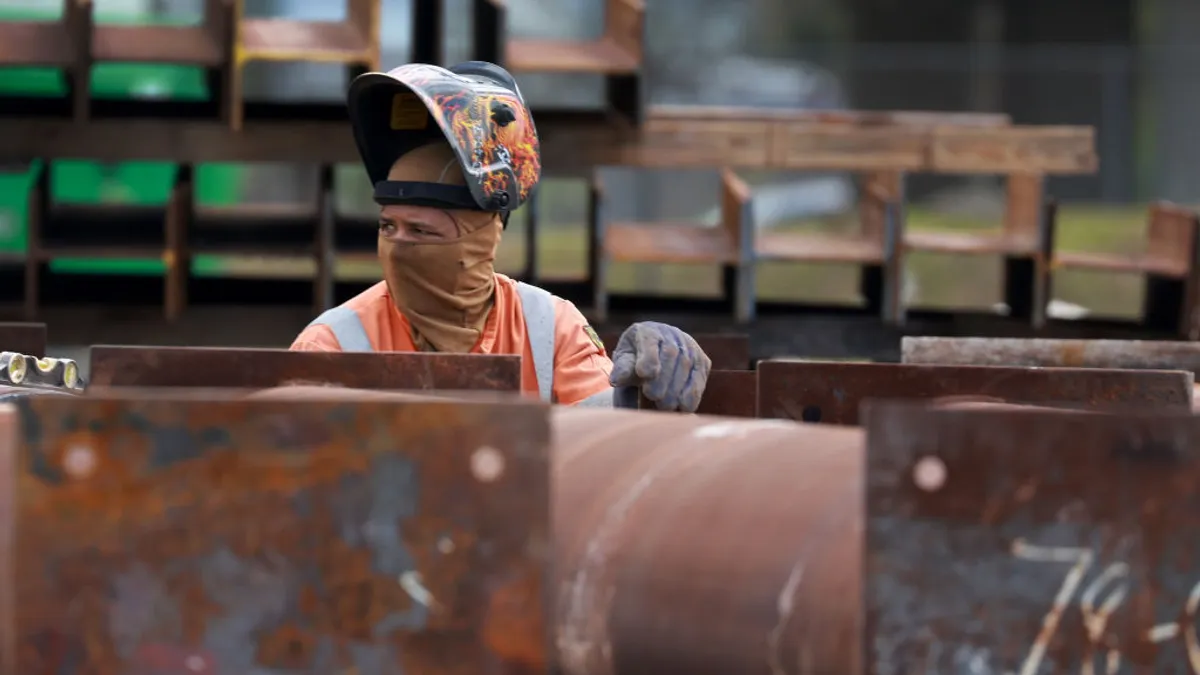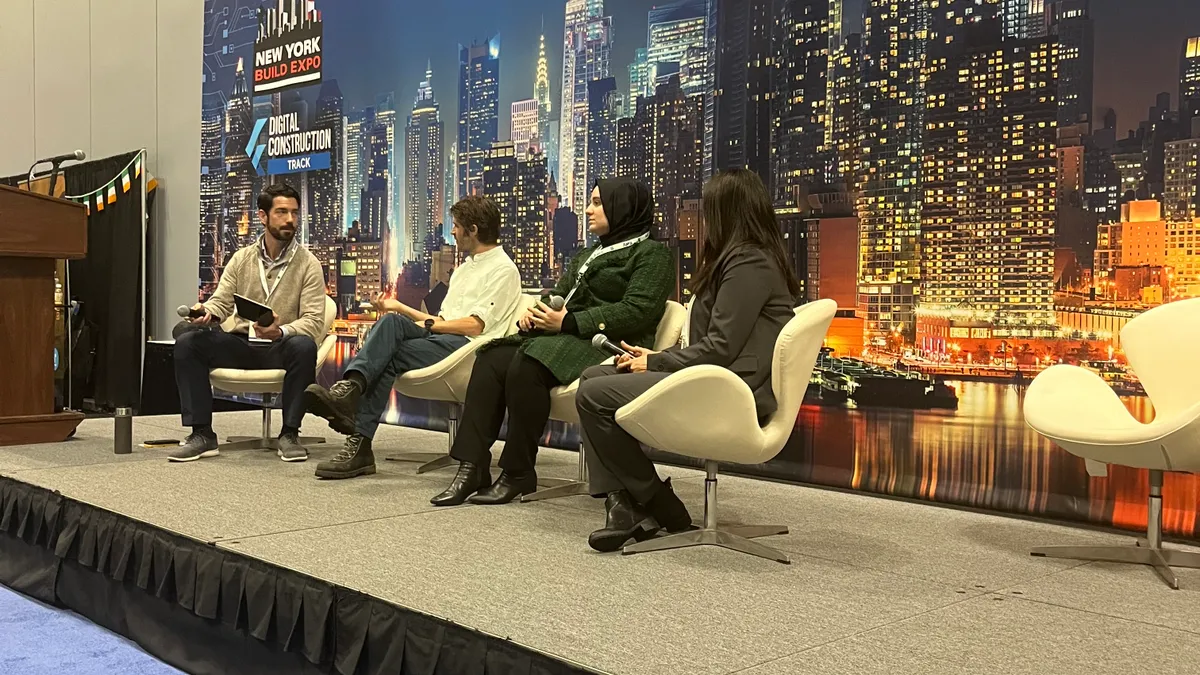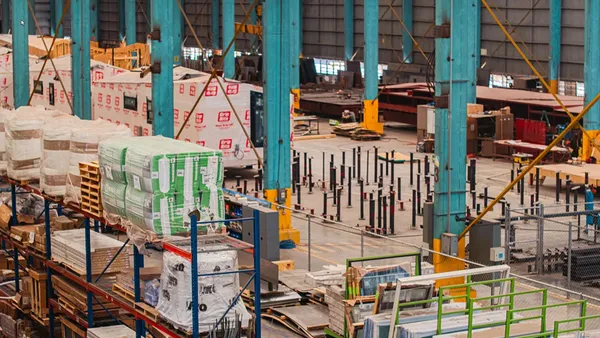Dive Brief:
- Subcontractors on Engineering News-Record's 2018 Top 600 Specialty Contractors list generated a total $124 billion of revenue in 2017, up 10% from 2016 and marking the seventh year in a row that earnings for this group increased. ENR said the "hot" market subcontractors are enjoying right now should last at least another 12 to 18 months.
- Mechanical, electrical and utility contractors dominated the first 10 spots on ENR's list: Quanta Services, Houston; Emcor Group, Norwalk, Connecticut; Mastec Inc., Coral Gables, Florida; Brandsafway, Kennesaw, Georgia; API Group Inc., New Brighton, Minnesota; Truteam, Daytona Beach, Florida; Rosendin Electric, San Jose, California; Henkels & McCoy Group, Blue Bell, Pennsylvania; Comfort Systems USA, Houston; and Myr Group, Rolling Meadows, Illinois. Some firms are growing through acquisitions, but as the list of investors grows, so does the dollar amounts of the deals.
- Although many specialty contractors are enjoying not having to beat the bushes in search of work, they still face challenges. One is the risk of taking on too much work, leaving those that overextend themselves vulnerable to cash flow, management and staffing shortfalls. General contractors also have become competitors in some markets, choosing to control work quality and production schedules by self-performing jobs they previously subcontracted. Meanwhile, the demand for specialty contractors has brought firms into the industry that have little or no expertise in the work they are bidding for.
Dive Insight:
One reason that specialty contractors find themselves in such demand is that they traditionally supplied the bulk of labor for a project. Many GCs are brokers in the sense that they take on multi-million-dollar projects with a limited supervisory staff — and maybe a few employees with experience in one or more skilled trades — and then subcontract the vast majority of work to other firms, handing over the responsibility and worry of manning the project.
Particularly in high demand are minority-, veteran- and women-owned subcontractors. However, these specialty contractors sometimes find the certification process hard to navigate, and some have problems with obtaining the capital or loans they need to secure payment and performance bonds or quickly ramp up their workforce in preparation for a big job.
To help smaller, disadvantaged firms be successful in their pursuit and execution of government contracts, most federal agencies, along with many of their state-level counterparts, have small business liaisons to assist with paperwork and other business issues.













